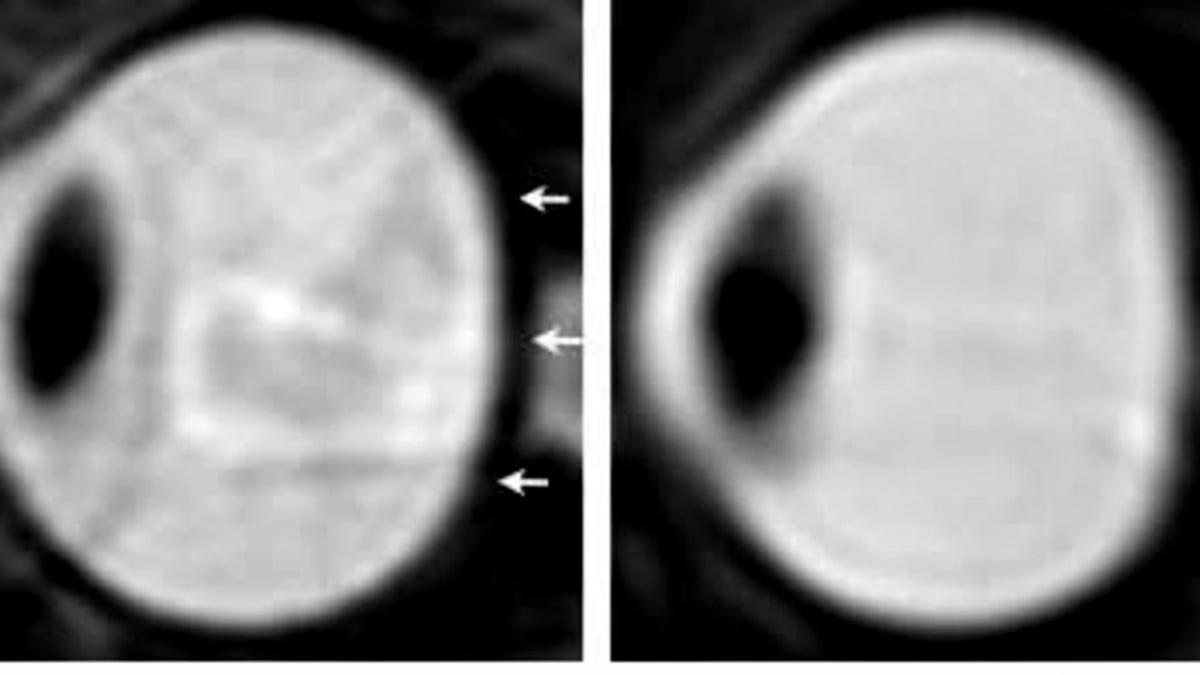Fluid that protects your brain could blind astronauts
Research has identified a new cause behind vision problems experienced by astronauts.
Going to space is pretty bad for your health. A day or so won't do you much harm, but for astronauts spending longer periods in microgravity, all sorts of dreadful things start happening to your body, such as bone density loss and muscular atrophy.
Another one of those things is vision impairment.
Closer examination revealed that astronauts with blurry vision had eyeballs that were flattened at the back, and inflamed optic nerves. This condition is known as visual impairment intracranial pressure, and was thought to have been caused by an increase in vascular fluid in the skull putting pressure on the eyes. As astronauts enter microgravity, the fluid in their bodies usually controlled by gravity redistributes and puts unaccustomed pressure on the organs.
Nearly two-thirds of astronauts report vision impairment after long-duration missions.
"People initially didn't know what to make of it, and by 2010 there was growing concern as it became apparent that some of the astronauts had severe structural changes that were not fully reversible upon return to earth," said Noam Alperin of the University of Miami Miller School of Medicine.
According to his research, presented last week at the Radiological Society of North America, it's not vascular fluid that's to blame; or at least not just vascular fluid.
The other culprit? Cerebrospinal fluid, the fluid that cushions the brain. On Earth, this clear fluid protects the brain from being jostled about as the head moves and posture changes. In the microgravity of space, changes in posture don't cause pressure due to gravity.
Alperin and his team performed and compared high-resolution MRI scans of the brains and eye sockets of seven ISS astronauts before and after long-duration missions. They also compared these with the scans of short-duration astronauts.
The long-duration astronauts showed much more flattened eyeballs and optic nerve inflammation than the short-duration astronauts. They also had significantly higher cerebrospinal fluid volume after their missions, and the astronauts with the most pronounced symptoms had the most increased volumes of the fluid.
This is the first evidence that points to the role of cerebrospinal fluid in visual impairment in astronauts. Since this can cause permanent damage, NASA is planning to simulate the conditions that cause the problem to try and devise a countermeasure.


